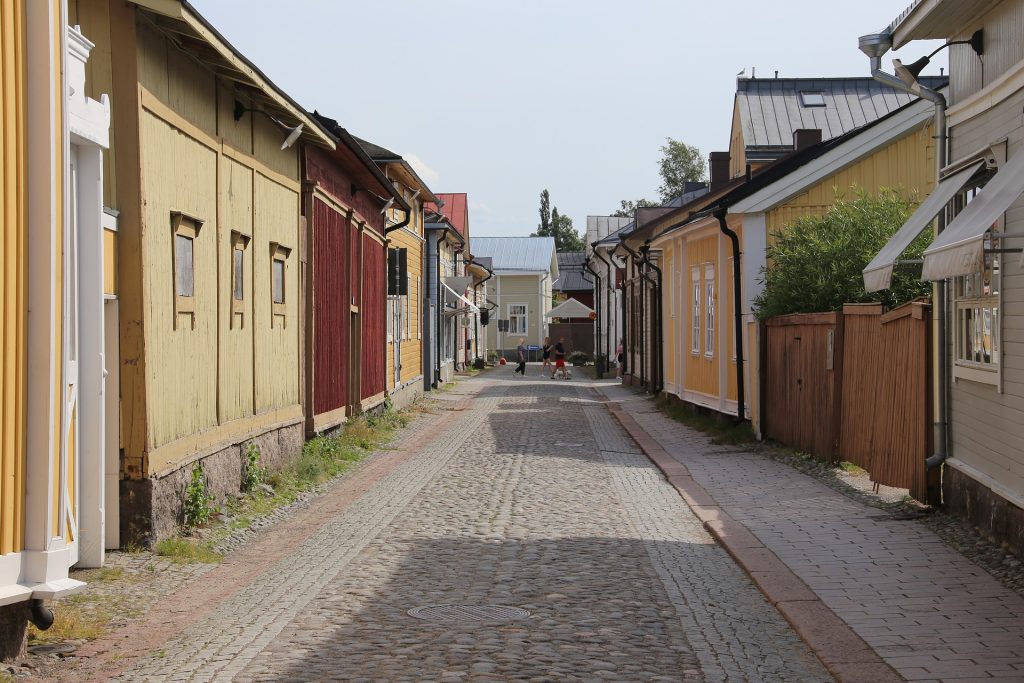In the UNESCO list of World Heritage there are over 1100 properties, 50 of them are marine and coastal sites. These sites have a variety of habitats, unique marine life, outstanding ecosystems, and iconic biodiversity. These sites are safeguarding the cultural, natural and marine heritage for future generations.
Cooperation of all stakeholders are needed to succeed in the protection and preservation of the outstanding universal value in the sites. All hands must be on deck by the site managers, local communities, scientists, and government officials while the World Heritage Centre has an important role in monitoring the sites.
An example of monitoring and the outcome from it, is what happened to the Liverpool – Maritime Mercantile City in England. The site was deleted from the UNESCO’s World Heritage list in 2021. It was considered that the constructions in the site caused harm to the site’s authenticity and integrity. It was only the third property to lose its World Heritage status.
Old Rauma in Finland, not a marine or coastal destination, but in the right approximation of the coast, face the same challenges as Liverpool. Construction of a new shopping center near Old Rauma threatens Old Rauma’s status as a World Heritage Site. UNESCO and ICOMOS (the International Council on Monuments and Sites) have raised their concern about the impacts of the construction project and its impacts to Old Rauma and have requested to freeze the project.
The reactions in Liverpool and Rauma are quite similar: the cities don’t believe that construction is a threat to the outstanding universal value they possess. In fact, comments heard from Liverpool states that the World Heritage of the city has never been in a better condition than now due to the investments.
The heritage list is all about recognizing and preserving the sites to the greatest extent possible. However, the status of a World Heritage site usually attracts more visitors and so investments are needed to manage these visitor flows. At the same time, the cities grow and face pressure of new construction projects and infrastructure improvements. Since coastal environments are fragile and the use of the areas face conflicting interest, shared understanding must be created about the meaning of having the status of UNESCO World Heritage site.
Text: Jonna Huuhka, Jaana Ruoho


